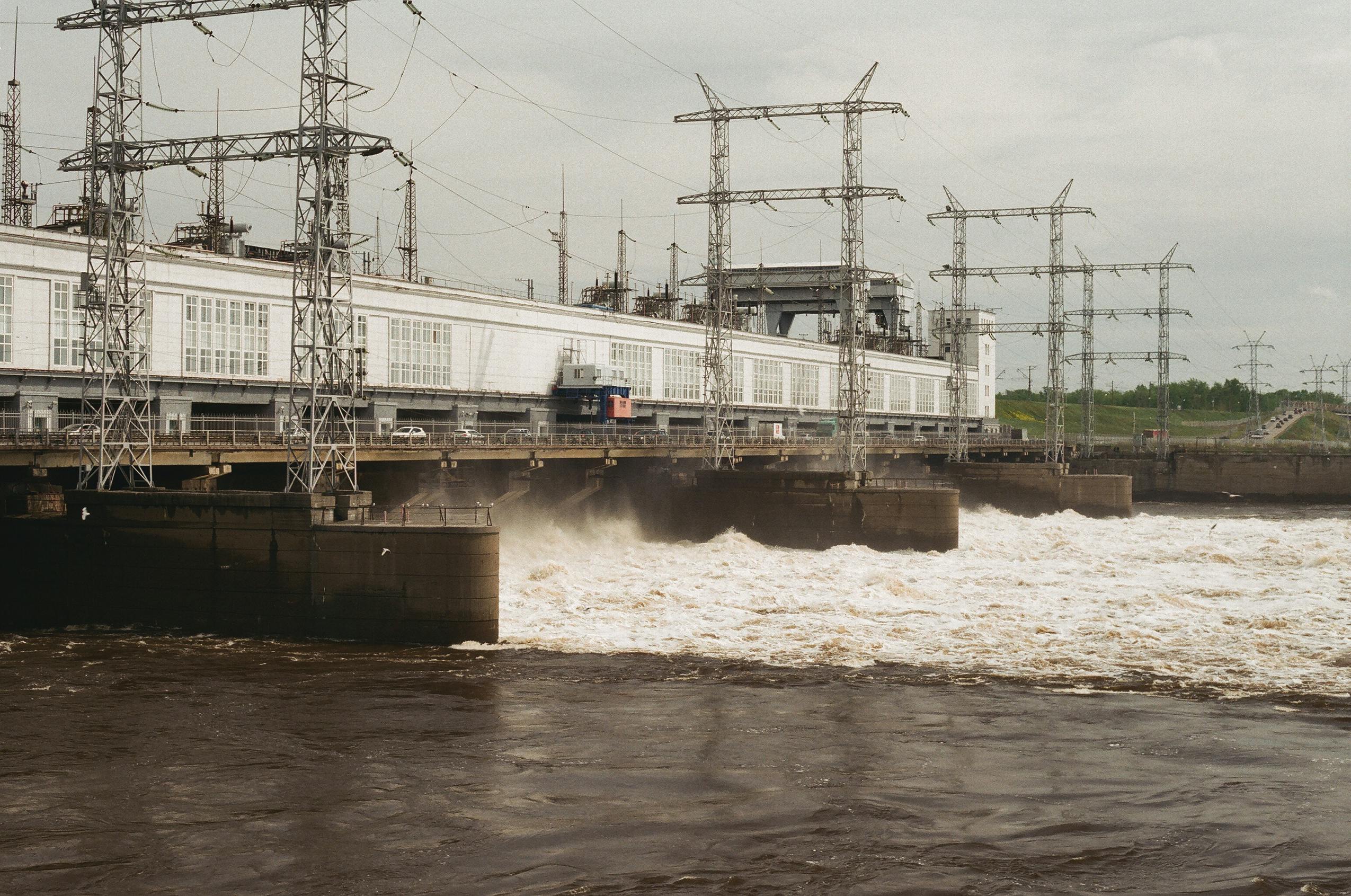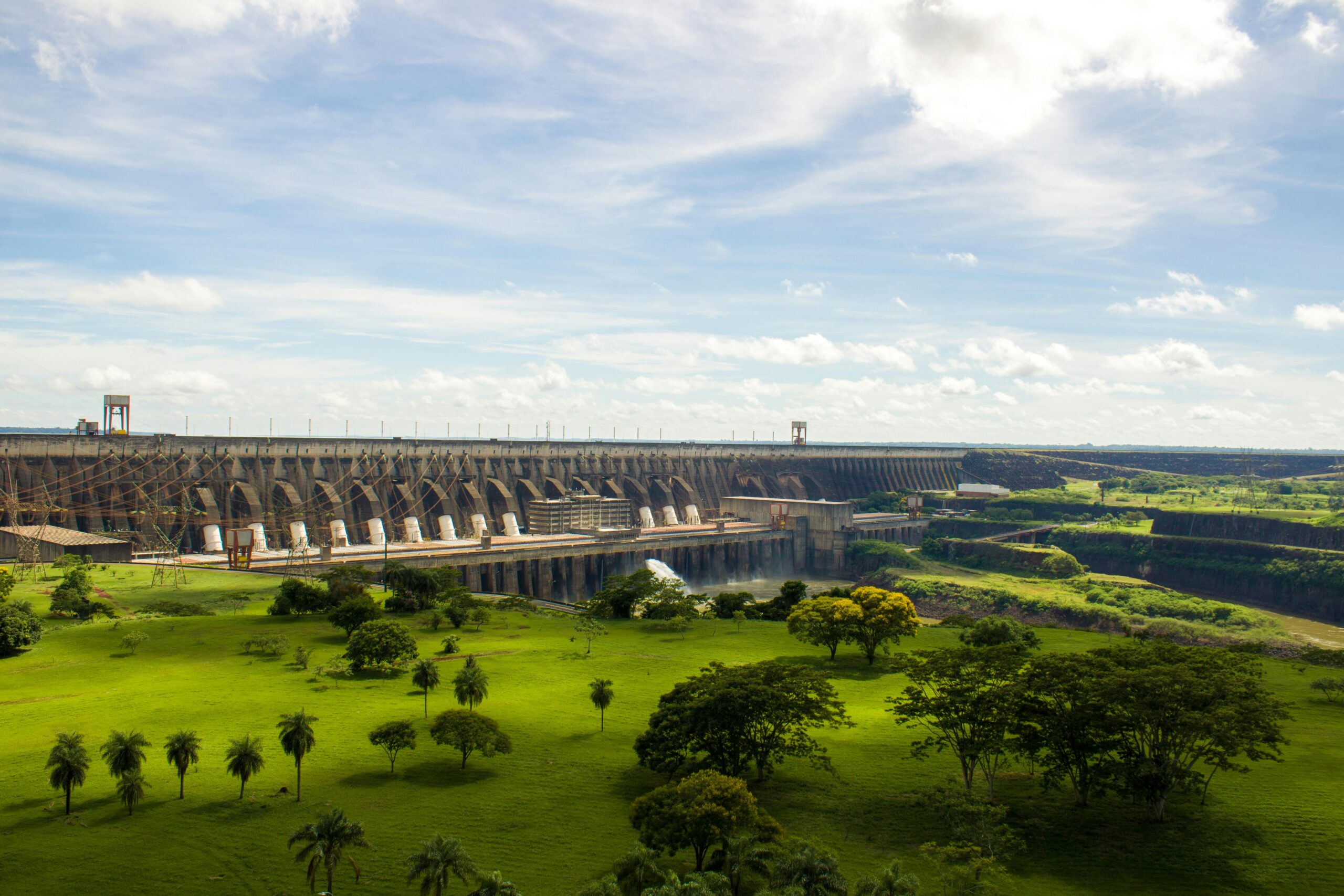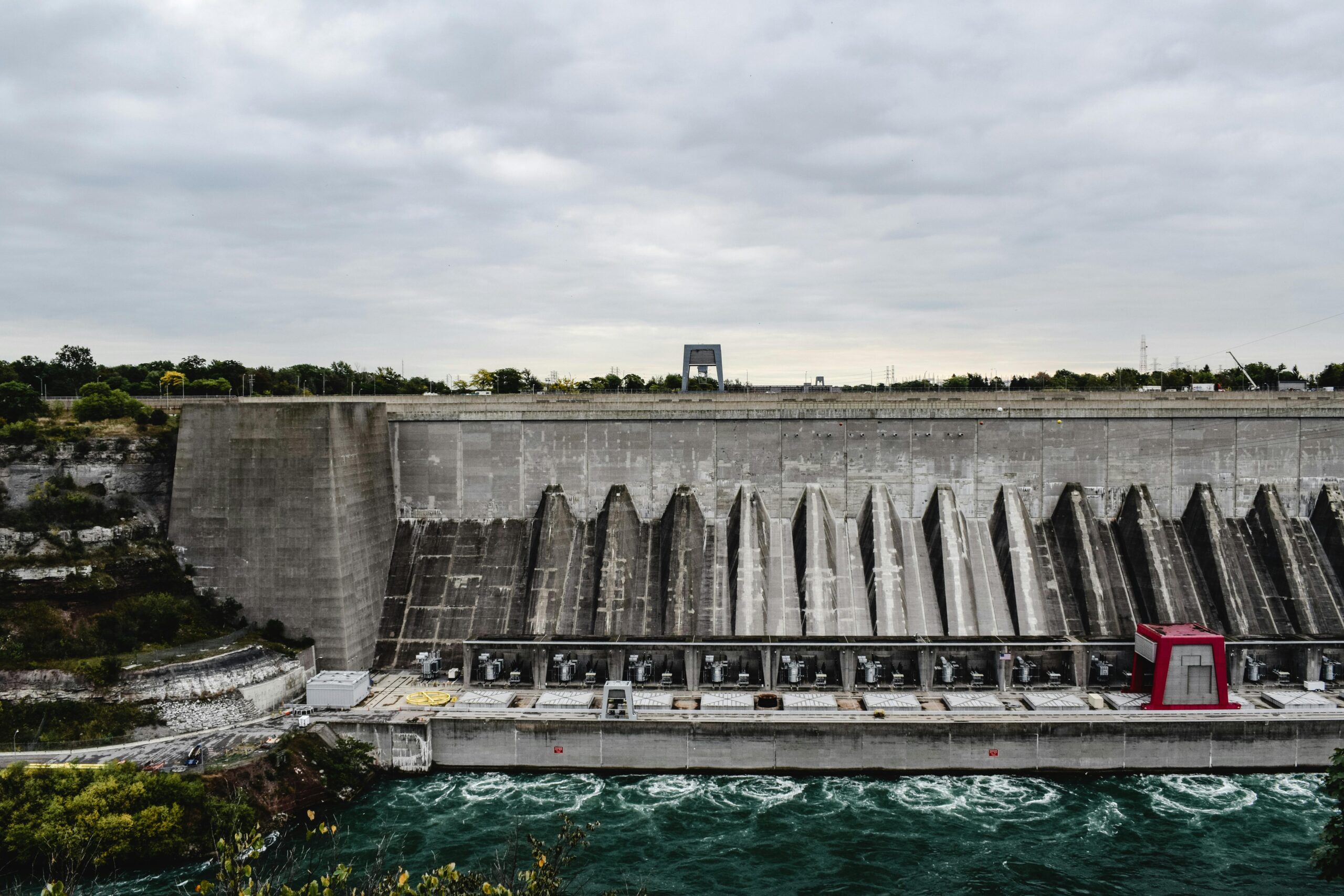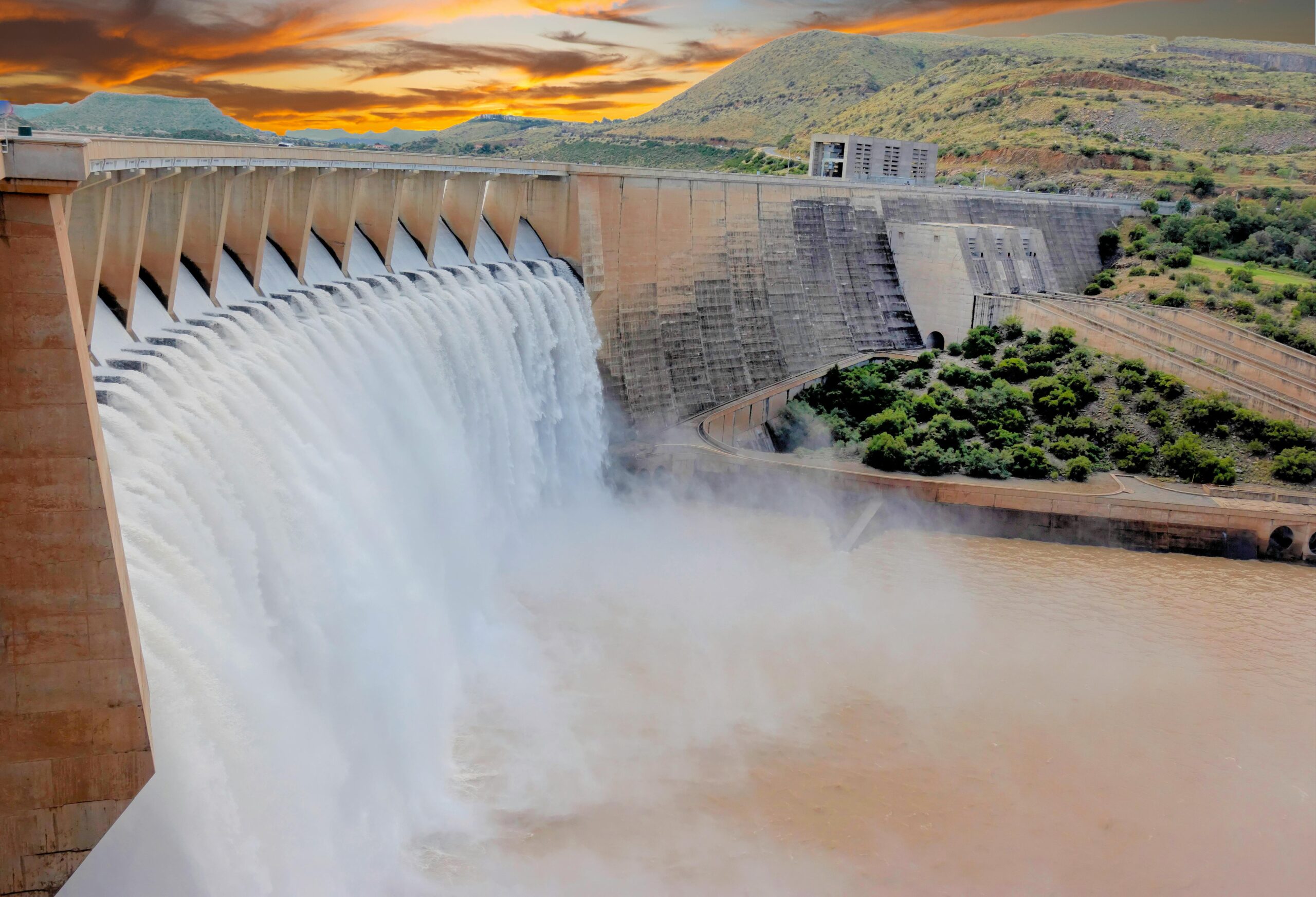Hydropower is widely recognized as a key player in the transition to renewable energy sources. As nations strive to combat climate change, hydropower presents both opportunities and challenges. This article explores how sustainable practices can help mitigate the impacts of hydropower on the environment and enhance its role in addressing climate change.
The Role of Hydropower in Climate Change Mitigation
Hydropower generates electricity with minimal greenhouse gas emissions, making it an attractive alternative to fossil fuels. By utilizing the natural flow of water, hydropower facilities can produce large amounts of energy while reducing carbon footprints. In many regions, hydropower is not only a significant contributor to electricity generation but also supports efforts to reduce reliance on carbon-intensive energy sources.
Challenges Posed by Hydropower
Despite its benefits, hydropower can have adverse effects on local ecosystems and communities. Large dams can disrupt fish migration, alter water quality, and inundate land, impacting both biodiversity and human populations. Additionally, climate change poses challenges for hydropower generation itself, as shifting precipitation patterns and extreme weather events can affect water availability and flow.
Sustainable Practices for Hydropower Development
To ensure that hydropower remains a viable solution for climate change mitigation, several sustainable practices can be adopted:
- Environmental Impact Assessments: Conducting thorough environmental assessments before project development can help identify potential negative impacts on ecosystems and communities. Engaging with local stakeholders and incorporating their feedback can lead to more sustainable project designs.
- Innovative Turbine Technology: Utilizing advanced turbine designs can minimize harm to aquatic life. Fish-friendly turbines and bypass systems allow for safer passage of fish, reducing the ecological impact of hydropower operations.
- Run-of-River Systems: Unlike traditional large-scale dams, run-of-river hydropower systems generate energy without significantly altering the flow of rivers. These systems can provide renewable energy while preserving natural habitats and reducing social displacement.
- Adaptive Management: Implementing adaptive management practices allows hydropower operators to respond effectively to changing environmental conditions and community needs. This approach ensures that projects remain sustainable and resilient in the face of climate change.
- Integration with Other Renewable Sources: Combining hydropower with other renewable energy sources, such as wind and solar, can create a more stable and resilient energy system. Hydropower can serve as a flexible backup for intermittent sources, helping to balance the grid and ensure a consistent energy supply.
Conclusion
As the world faces the growing challenges of climate change, hydropower remains a crucial component of a sustainable energy future. By adopting environmentally friendly practices and innovative technologies, the hydropower sector can mitigate its impacts on ecosystems and communities while continuing to provide clean, reliable energy. The integration of sustainable practices not only enhances the resilience of hydropower projects but also strengthens their role in global efforts to combat climate change, ensuring that hydropower can be a key player in the transition to a low-carbon future.








Leave a Comment